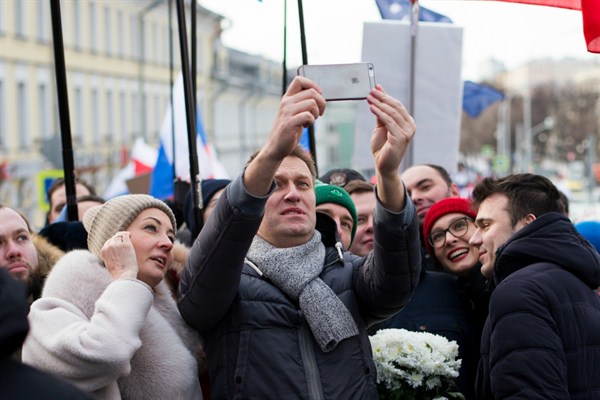Last Sunday, Russians did something they had not done in years: They took to the streets by the tens of thousands. In a wave of mostly unauthorized protests in about 100 different cities, crowds defied government restrictions and risked arrest in order to challenge the status quo. The protests’ principal organizer, Alexey Navalny, was arrested, as were more than a thousand other demonstrators.
It was an impressive show of force by an opposition movement that had seemed all but completely crushed by the increasingly undemocratic government of President Vladimir Putin. The weekend protests were the largest in Russia since demonstrations following the 2012 elections, which themselves were the largest since the fall of the Soviet Union. In 2012, huge crowds came out to decry elections they claimed had been rigged. This time, demonstrators rallied from Vladivostok in Russia’s far east to St. Petersburg in the west ostensibly to express their disgust with rampant corruption.
The sudden emergence of a reinvigorated opposition movement also revives a familiar dilemma for the Kremlin: What to do about Navalny, an anti-corruption campaigner who is also the opposition’s most visible leader.

